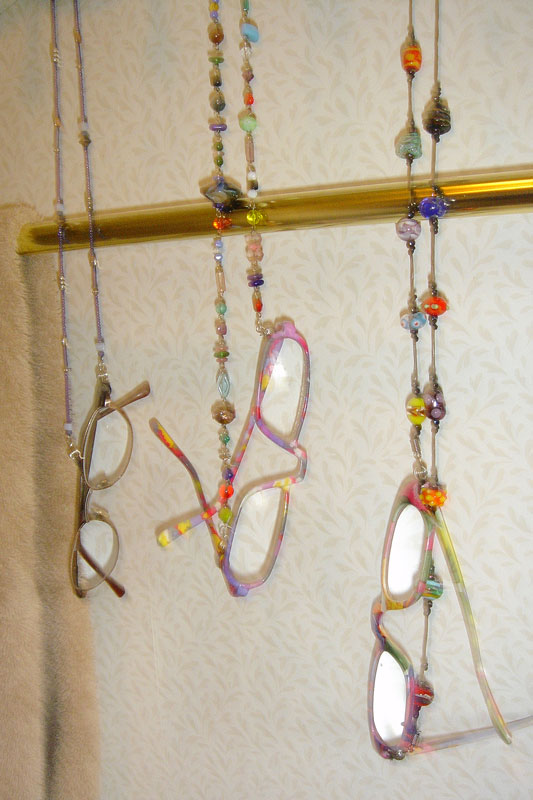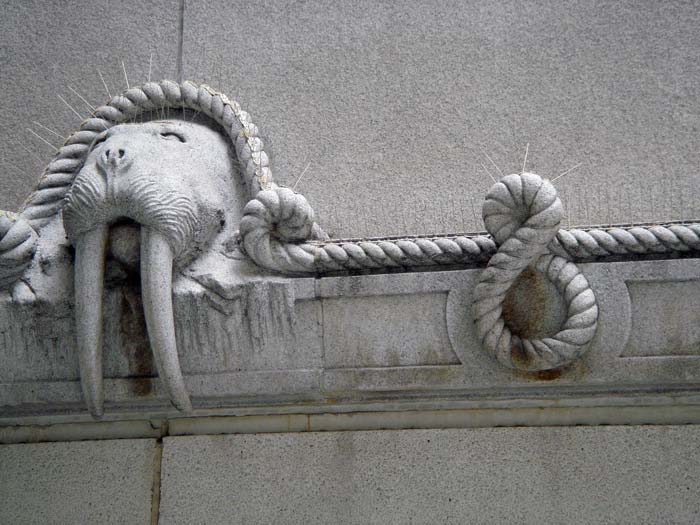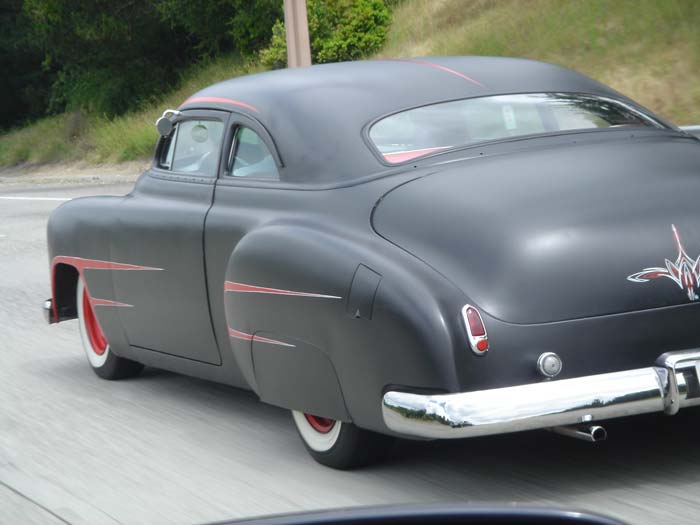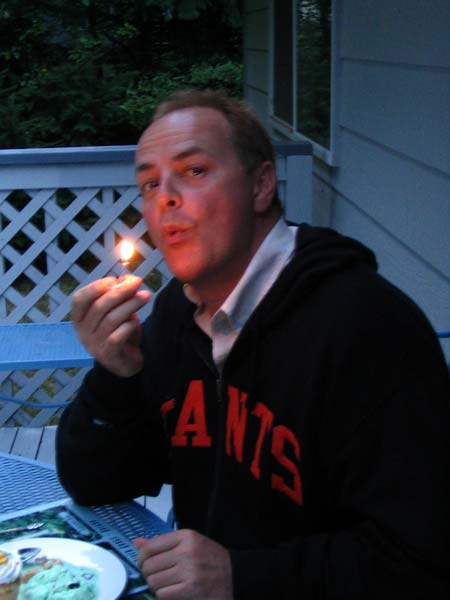
Special Guest Stars
by Kris Saknussemm

The neurologist had had another of the dreams. There was no mistaking the “emergence effect,” one of the telltale symptoms of Fitzpatrick’s Disease. Rather than growing fainter and less certain with each passing minute, the dream became clearer, so that two hours after waking, it seemed indescribably vivid.
First identified and defined by T.Y. Fitzpatrick of the Cognitive Research Institute in Chapel Hill, the disease had continued to resist pharmacological and genetic intervention therapies and in the eyes of many experts represented a fundamental limit to cerebral functioning. As Fitzpatrick herself had put it, “Just as the deteriorating effects of Alzheimer’s taught us something sobering about the aging process, so now this mysterious new affliction is challenging our definition of pathology yet again, as average life expectancies increase still further.
“What is singular about this disease is that unlike Alzheimer’s, which can unquestionably be thought of in degenerative terms, the condition we have discovered is ironically debilitating by virtue of the extreme clarity it brings.”
What a sadistic blessing, the aging neurologist mused, smiling grimly as the dream once again threatened to engulf him.
He’d dreamed of Lance Alworth, former wide receiver with the San Diego Chargers, star of the AFL Championship team of 1963—an obscure memory from his distant youth, recapitulated with unnerving precision.
Alworth had played college ball at Arkansas. He was a Razorback, a Razorback nicknamed “Bambi” because of his nimbleness on the field. 6’1 185 pounds. He went on to play in 136 professional games, catching 542 passes for 10,266 yards and 85 touchdowns and was the first AFL star elected to the Hall of Fame. All Pro seven times, he ended his career with the Dallas Cowboys, where he’d gone to replace flanker Lance Rentzel.
Lance Rentzel had had the same number, 19, and had been a huge star before he stupidly threw his life away. Not only was he a beefcake athlete, he was married to Joey Heatherton, the sex kitten Vegas lounge act, a regular on TheDean Martin Show and celebrity plugger for Serta Mattresses. Who could forget Joey jiggling for the troops on the deck of the aircraft carrier Ticonderoga beside Bob Hope, during the Vietnam War? Certainly not the neurologist, who now found the entire saga and all its intricate interconnections overloading his brain—including the second-by-second fall from grace of husband Rentzel prior to the Thanksgiving Day game with the Green Bay Packers in the ‘69-’70 season, when he exposed himself to a 10 year-old girl—a pathetic gesture Rentzel was encouraged to write about as part of his psychiatric treatment, and so produced the tragic bestseller, When All the Laughter Dies in Sorrow, in which it was revealed that this was not the first time he’d showed his penis to a young girl.
The farce of a pro football superstar wagging his wiener in front of a strange little girl when he could’ve shown it to Joey Heatherton depressed the neurologist deeply. That this lurid moment out of his own long ago childhood should be repeated and indeed brought so ferociously back to life made him feel victimized and afraid. And that Lance Alworth, “Bambi,” Number 19, should be linked with Lance Rentzel, the flasher, and failed husband of Joey Heatherton, seemed unfair. How was it that these ruined, forgotten, weirdly enshrined lives could suddenly eclipse so many more important memories?

This was the horrifying element of Fitzpatrick’s Disease. Anyone could appear and simply commandeer one’s mind. Bob Denver. Totie Fields. Margaret Thatcher. Or the boy with the weasel face whose chemistry set exploded in the 5 th Grade.
The final, locked-in pattern was for a deepening and intensifying of the disparity between the personal relevance of the original source memory and the power and impact of the resulting vision. Usually a particularly sharp disjunction would trigger a dissociative crisis that would precipitate either severe depression or a manic rush of deluded insight, and then the subject would slip irrevocably into a dream loop. To an unaided observer it would appear that the sufferer had become catatonic, but with the benefit of sophisticated brain scan imaging, the truth would be digitally displayed in all its awful glory—the subject would be undergoing a far richer and more involving mental state than any phenomenon experienced prior to the onset of the disease.
But it wouldn’t be a dream of profound personal significance. No reflections on the dog attack that claimed a sister’s life. No repeats of the lost virginity in the crabgrass under the bleachers or the international award presented in Amsterdam. Rather, there were slices, fragments, splinters of unappreciated past perception enhanced to insane grandeur purely by virtue of the density of detail.
Moselle Crane, Dr. Fitzpatrick’s most celebrated patient and one of the few sufferers to survive, had provided invaluable insight into the nature of the illness when she’d come out of the dream loop long enough to regain normal consciousness (only to fall into a conventional coma and die two days later). Her brief, disjointed descriptions conjured up a sense of schizophrenia in a small room—a lost Tuesday afternoon out of childhood magnified out of all proportion.
“We remember everything,” she said. “And not only that. We perceive connections and patterns far beyond our immediate awareness and our supposed basis of memory—far beyond our ability to analyse and incorporate into consciousness at any one time. These connections and patterns remain intact and dynamic, alive within our brains…waiting to entrance us utterly.”
The neurologist shuddered, trying to shake off the image of Lance Alworth—born in Houston, Texas, graduate of Brookhaven High School in Mississippi and All-American from Arkansas, tip-toeing to the chalk line of the end zone in War Memorial Stadium to catch a pass from John Hadl in a snowy away game against the Buffalo Bills so very many years before.
“Ashes to ashes, dust to dust,” the neurologist said to himself. Only the dust doesn’t stay dust, it becomes pearls and planets of perverse fascination. Maybe we simply aren’t meant to get so old. Perhaps this is the message of this alien disease. Some people fade into a gibbering sundown of dirty diapers and empty stares, while others, like me, survive the sunset only to get swept back in time, frozen forever in a Sartrean limbo of minor characters—or stricken with wonder at the patterns in the carpet at the old woman’s house next door on Delaware Avenue.

The human mind cannot withstand hyper lucidity anymore than it can total sensory deprivation, he thought. To suddenly recall in perfect, seemingly infinite detail not simply a conversation from the 7 th Grade but the conversation you had on April 4 th with Cheryl Leggett, who was flat-chested, wearing a white turtleneck and tartan skirt—while Steve Chaffey whinnied in his fat falsetto—and Mr. Alphonso the music teacher tried to keep you in time and you made jokes about his wife, the substitute English teacher with the malformed arm (like a baby’s limb, that some of the other kids cruelly called a flipper)…
Microlaser excision and repair of three separate brain sites was the only remaining option and the accuracy required was on the order of difficulty of simultaneously striking individual grains of lunar soil in the craters Protagoras, Tycho and Flamsteed. As if to spur him on in this regard, the neurologist’s nephew had given him a giant wall map of the Moon, which he’d mounted beside the dartboard his colleagues had made for him, in the shape of the Human Brain. In contrast to the riddled wall mountings, ultra-high resolution images of the parieto-occipital zones of the left hemisphere of his brain streamed across the plasma screen of the desk monitor in the office he still maintained. It was here, in the cyberworld of simulation, that he conducted his archery practice, launching missile strikes against a computer animated replica of his brain.
Now the number of Betz cells per cubic millimeter of grey matter had begun to blur with the valleys and mountains named after dead scientists on the Moon, until his mind felt that his brain was in fact an arid moon, a haunted region suspended in the darkness of his skull. To be plunged back in time was one thing—if that meant the Bo Tree or Appomattox—but who would want to be present at the opening of the first Wal-Mart or at the Crescent City Catfish Parade circa 1966? Isn’t that, figuratively speaking at least, what awaited him if the laser failed? And even if the fearsome level of precision could be achieved, the chances of success were not what anyone would call favorable.
The neurologist had been referred to the Hinsberg Clinic in Zurich, Johns Hopkins University and Enerdyne Solutions in Cambridge, England, but had elected finally to have the surgery performed at the UCLA Medical Center and to operate the laser himself. In two days time, while fully conscious, he would execute an historic attack on his own cerebral functioning, using a technique he’d helped to pioneer. He thought it was appropriate to man the laser himself, and despite professional opposition he was going to be officially allowed to do so. He had the technical experience. If his age inhibited his reflexes and the disease affected his concentration, he felt that his own personal stake in the matter offset these shortcomings, giving him an edge. It was his brain after all.

The night before he’d dreamed of Mike Cate. Christ, he lamented, Mike Cate! A strawberry blonde stoner from high school, whose quotation in the yearbook was simply “Bong!” No inspirational words from Kennedy or Rudyard Kipling, no pop lyrics or clever remark—just an inane syllable of rebellion against nothing. Why couldn’t he dream about his brother Hank, who died in a snow cave while climbing Denali in Alaska? Or Robyn Mueller, who took off her bra that night in 1974—and then broke down in tears—and he ended up holding her—comforting her, which scared him more than sex.
Why couldn’t he reunite with Thom Nuelle, who was posed in the same yearbook that contained dumbo Mike Cate? He could see Thom leaning against the wing of his family’s ancient crop dusting plane, smiling back at the camera in the last century…
Not one month after that picture was taken, on the 4 th of July, Thom flew up out of the valley and out to sea…and never came back.
Often in his younger, truer dreams, the neurologist had seen the old fruit crate crop duster casting its unlikely shadow on the open ocean. He’d imagined Thom setting out like Lindbergh across the Atlantic or Amelia Earhart vanishing off to some unknown island in the Pacific. The mystery had haunted him. What had made his friend do it? Where had he hoped to arrive when he ran out of wings?
The neurologist had to give himself an injection of Luridrine. But the relief was only partial and temporary. The circle was beginning to tighten. Before he knew it he’d be inside the bubble with no window to open and no way out. And who would be with him then he couldn’t say—he could only guess.
“Good luck with the procedure,” one of his much younger colleagues smiled somberly, sticking his head inside the door to the office.
The neurologist, who suddenly felt unthinkably old, nodded his thanks and tried to get up, as his former colleague turned away respectfully. The neurologist glanced around his office, as if for the last time. On a whiteboard were the words Lesions in pre-motor…but they didn’t mean anything to him anymore. The dream disease was taking deeper hold. Mike Cate was back. And then someone else. Someone…
He flung a dart at the Sea of Ingenuity affixed to his wall. He thought he heard the sound of a plane flying low over water…and then he felt the moist, urgent intimacy of a pug-nosed girl’s tears against his cheek. Or were they his own?
“My God,” he said as the other figure became clear. “It’s…it’s…you.”
About the Author

Kris Saknussemm grew up in the San Francisco Bay Area but has for a long time lived abroad, in the Pacific Islands and Australia. A painter and sculptor as well as a writer, his fiction and poetry have appeared in numerous publications around the world, including the Boston Review, River Styx, Portland Review, Chelsea, The Hudson Review, The Alaska Quarterly Review, The Antioch Review, New Letters, Prairie Schooner, The Hawaii Review, South Carolina Review and ZYZZYA.
ZANESVILLE , his first novel, was published to critical acclaim by the Villard Books imprint of Random House in 2005. His novella “It’s Always Ourselves We Find in the Sea” was a Semi-Finalist in the William Faulkner Society’s Creative Writing Competition in 2006.